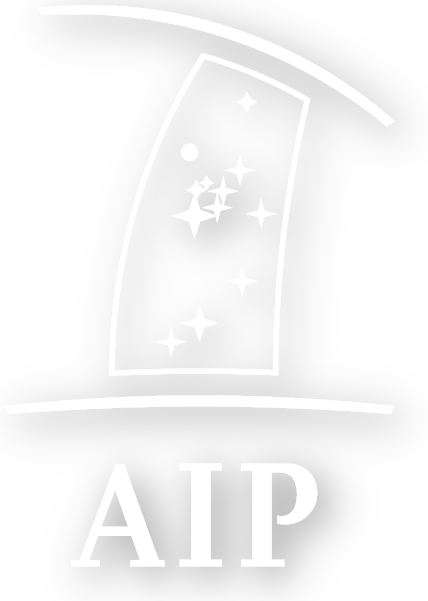Speaker
Description
Supernova and radiative feedback effects are one of the main cursors that drove early galaxy formation. The strength of these feedback effects can preferentially drive metals to variable distances into the outer halo of galaxies. I postprocess SPICE, a suite of radiation-hydrodynamics simulation targeting the epoch of reionisation, to study the impact of different modes of stellar feedback on absorption line characteristics. I model low (O I, C II, Si II, Mg II) and high (C IV, Si IV) ionisation state metal lines to study the distribution of absorbers around the first galaxies. Burstier forms of feedback eject metals to farther distances than their smoother counterparts. Furthermore, I demonstrate that the radial distribution of the number density of low ionisation metal lines is flatter for bursty feedback while it appears to be concentrated at the center of the halo for the smooth feedback models. The results of my work are validated against quasar absorption line studies by VLT and Keck.

